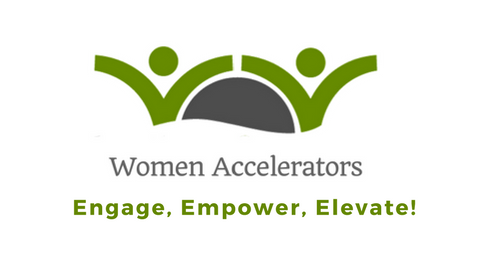Written By Kate Hardy.
For most people, conflict is uncomfortable at best and downright nerve-racking at worst. I’ve met few people that genuinely  like conflict, but since we all have different backgrounds, opinions and experiences, conflict is simply unavoidable from time-to-time. I don’t think it has to be a wholly terrible thing though. I know you may read that and think I’m crazy, but bear with me here for a minute: If we work to change our mindset about disagreements, they can become powerful learning tools.
like conflict, but since we all have different backgrounds, opinions and experiences, conflict is simply unavoidable from time-to-time. I don’t think it has to be a wholly terrible thing though. I know you may read that and think I’m crazy, but bear with me here for a minute: If we work to change our mindset about disagreements, they can become powerful learning tools.
I think about times that I’ve experienced conflict at work. There’s one instance in particular that really rises to the top for me, and it was a disagreement about how to handle a project for a client. I had one idea, and a colleague had a very different idea: I saw an opportunity to add a new feature into our software product that I felt would increase the value for our customer, whereas my colleague felt that we should not do any development work to the software until the customer had used it as-is and requested changes. The debate about which methodology would work best got a bit heated, and although there were no personal slights, I walked away from the disagreement feeling flustered and upset. I ruminated on this all day, and found that it had really gotten under my skin.
By the time my day had ended and I was at home, the distance from the problem had given me a shift in perspective. I had gotten upset that my colleague had disagreed with me, yet I had also disagreed with him. I considered the reasons why he felt his method worked better (no development time spent on what could potentially be a wild goose chase), and I had to admit that he did put forth some genuinely good insight. But then I also recognized that, as the person that worked with this client almost daily, I already knew what they needed at a bare minimum to finish the project, so it was up to me to put that into small, actionable steps that would both impress the customer and not be overly taxing on our developers. I started to form a new methodology over the course of my evening, and when I went into work the next day, I had resolved to walk into my colleague’s office and tell him I had considered his ideas, and I wanted to propose something new that took the best from both of our opinions. Turns out, he really liked my new proposition.
It obviously takes two to tango in a conflict. Sometimes the other person doesn’t play fair. Sometimes the other person can’t be reasoned with or wants to pull rank. Conflict isn’t always going to have a rosy, picture-perfect outcome. But if we consistently steel ourselves for the worst in a disagreement, we’re setting ourselves up for a painful situation. And oftentimes it can feel really good to be the person that is able to step back and say, “You know what? Your ideas are good, and here’s what I like about them. I also think I can contribute in this way.” Consider a time when you’ve been on the receiving side of someone offering an olive branch like that – it’s a relief, right? And if you’re like me, I can’t help but respect the person that a bit more.
Communication in conflict has as much to do with clearly explaining your position as it does with actively listening and understanding the position of someone else. At the end of the day, we all want to be heard. It helps me to remember that my experiences give me a unique opinion, and they are not the same experiences as someone else. By working together, a middle-ground path can make both people in a conflict feel heard and pave the way forward.


